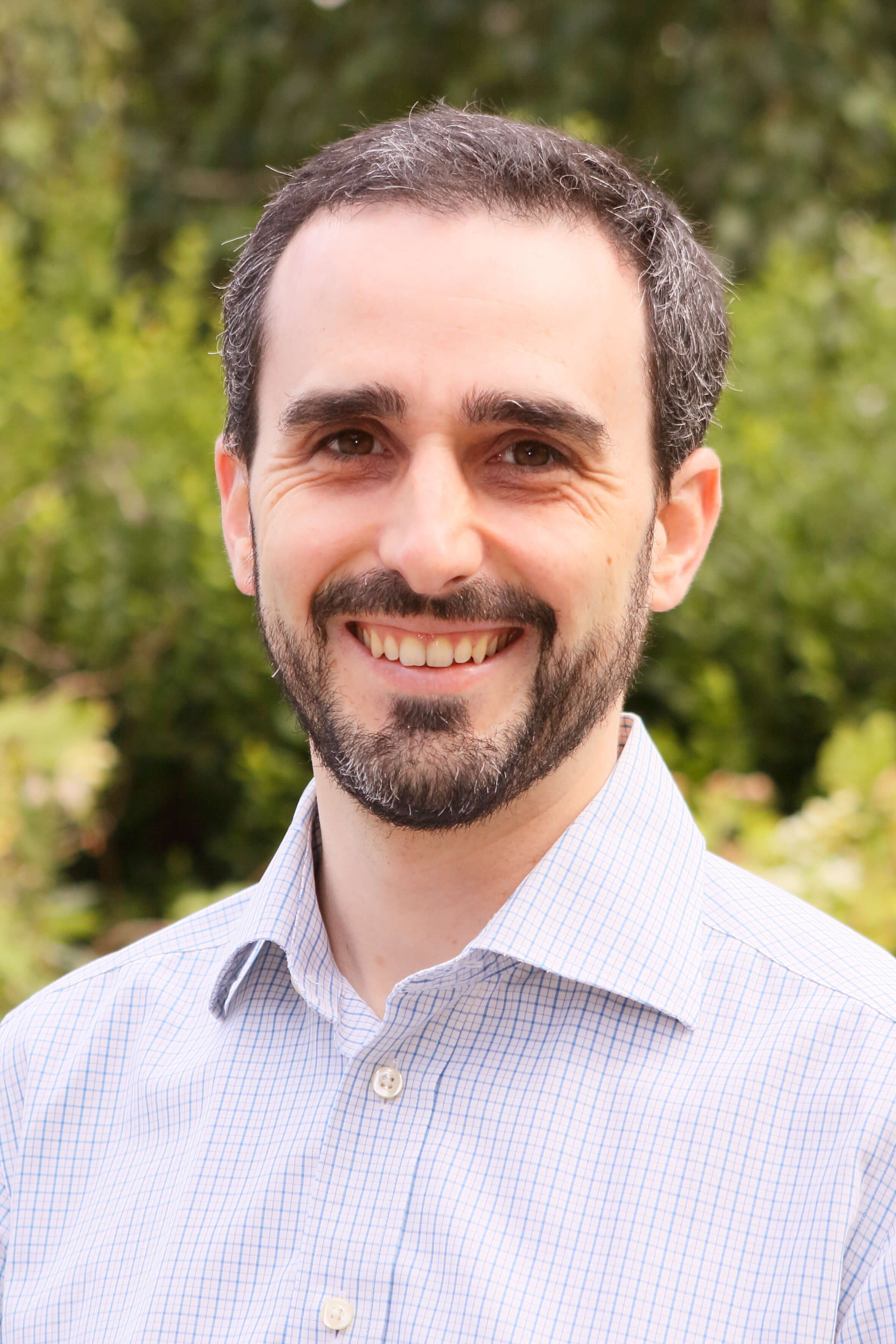
Research interests
The current research is focused on the growth of top-notch-quality thin and ultrathin films of functional metal oxide (most prominently perovskites), and on the characterization of their surface and bulk properties. The films are prepared by pulsed-laser deposition in an ultra-high vacuum system connected to a surface science setup. Characterization of surfaces is carried out in vacuum by scanning tunneling microscopy, electron diffraction, and surface spectroscopies. Bulk properties are investigated ex situ via transmission electron microscopy and x-ray diffraction. Additional measurements are performed at synchrotron radiation facilities. The aim is to uncover how the atomic-scale geometric and electronic surface structure of complex, multicomponent oxides relate to their chemical reactivity and to their surface electrical and magnetic properties. The ultimate objective is the improvement of the functionality of these materials for technological applications.
Most relevant scientific results
- Devised a method for detecting arbitrarily small cation imbalances during the growth of complex, multicomponent metal oxides [1]. The technique makes use of the relation between surface composition and surface structure for these materials and consists in the quantitative determination — by scanning tunneling microscopy — of the evolution of the surface structure when homoepitaxial films are grown on a substrate.
- Showed that the atomic-scale structure of surfaces plays a primary role when oxygen is incorporated in cathode materials relevant for solid-oxide fuel-cells applications [2]. The surface structure of a prototypical perovskite oxide [SrTiO3(110)] was carefully adjusted and exposed to 18O tracer at realistic reaction conditions. The perfect survival of the atomic-scale structure of the surfaces allowed to obtain mechanistic insights in the process of oxygen incorporation, whose effectiveness was probed by 18O depth profiles and modelled by DFT (together with Fleig and Franchini).
- Successfully achieved the integration of a PLD setup with a UHV machine for the atomic-scale investigation of the growth of complex, multicomponent oxide films. The prowess of the combined system has been demonstrated, e.g., on the investigation of the first stages of the homoepitaxial growth of SrTiO3(110) [3].
Career
- 2019–present: Senior Scientist, Institute of Applied Physics, TU Wien, Austria
- 2015–2019: Post-doctoral Research Associate, Institute of Applied Physics, TU Wien, Austria (Advisor: U. Diebold)
Education
- 2018: Habilitation for Associate Professorship in Experimental Physics of Condensed Matter (02/B1), Italian Ministry of Education, University and Research, Italy
- 2015: Ph.D. in Physics, Politecnico di Milano, Italy
- 2011: M.Sc. in Engineering Physics (Dipl.-Ing.), Politecnico di Milano, Italy
- 2009: B.Sc. in Engineering Physics, Politecnico di Milano, Italy





